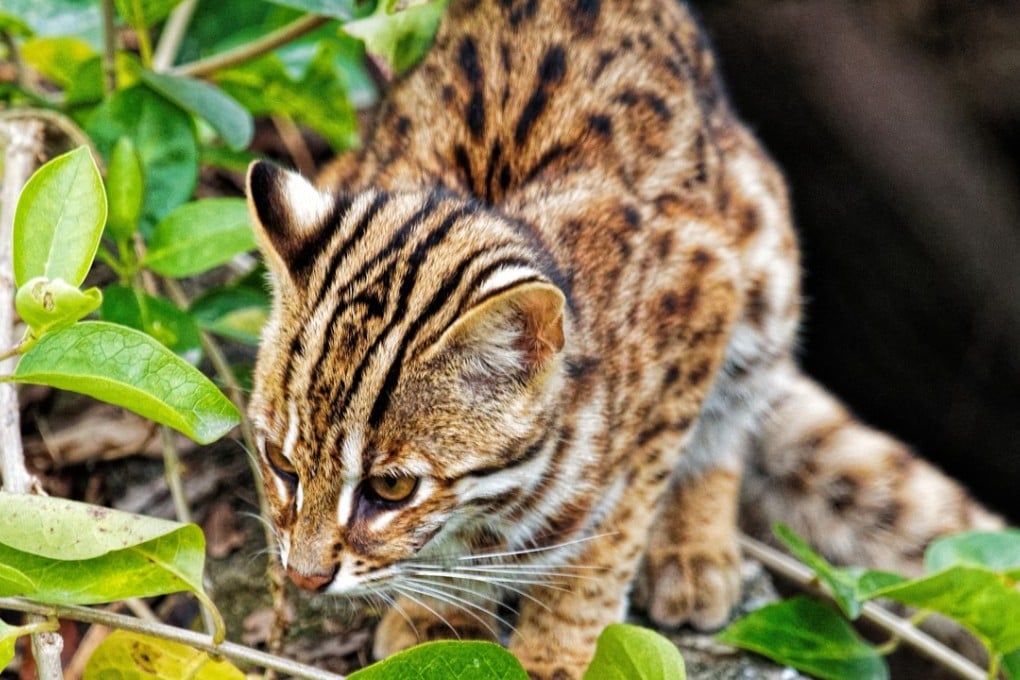Wild boar, civet cats, barking deer: Hong Kong wild animals and where to find them
No need for camouflage gear or creeping through forests at night, some of the most elusive mammals can still be found in the city limits

With increasing reports of wild boars (including the large male dubbed Pigzilla on The Peak), a couple of hikers last month mistaking a leopard cat for a tiger, and an upturn in local porcupine photos appearing online, this is a prime time for getting out and about for wildlife watching in Hong Kong.
This need not involve donning camouflage garb or creeping through forests in the dead of night, as some local mammals are readily found on the edge of the city.
Hong Kong tackles wild pig problem with birth-control scheme, as complaints of animals entering urban areas spike
If you do come across an animal, avoid situations that could disturb the animal or prove dangerous to you. “Don’t feed wild animals and keep a distance from them,”says Dr Billy Hau, honorary assistant professor in Hong Kong University’s School of Biological Sciences.
Paul Crow, senior conservation officer of Kadoorie Farm and Botanic Garden, also had some advice saying: “Always give animals space and time to exit the scene, and keep in mind that in most situations the animals may be more afraid than you.
“Go into nature knowing what you might find and how to behave, and you can enjoy wild encounters. Use your nose too. Civets and porcupine have really strong musky smells that give away their presence even if you haven’t spotted them.”
